Our wine columnist Giles Luckett explores the harvest of a magical region of Australia
Hello. A few years ago I was fortunate enough to go on a press trip to Australia. Over the course of three weeks, we toured many of this amazing wine country’s regions, visited some extraordinary wineries and met some of the most passionate, innovative, and creative winemakers I’ve ever encountered.
While I discovered the weird (Lucy Margaux’s ‘natural’ wines) and the wonderful (BK Wines’ Savagnin, one of my abiding memories was our trip to Yalumba. This historic, family-owned producer is Australian wine royalty and our extensive tasting was fantastic, revealing a winery that did things its way and one that wasn’t afraid to take risks in the pursuit of excellence.
I recently had the opportunity to taste a range of Yalumba’s wines again (highlights below), some of which I knew and some of which were new to me. I was delighted to see their innovative spirit continue – the Roussanne was a lovely surprise – and I asked Yalumba’s winemaker Louisa Rose to tell me a little more about their wines…
Louisa Rose – head of winemaking at Yalumba
Q. You make a wide range of wines – from unoaked dry whites to fortified wines – what’s the uniting philosophy behind them?
“We seek to sustainably craft wines that reflect a thoughtful interpretation of grape, terroir and house style. Wines of individuality that are both timeless and contemporary. Wines of conviction and provenance. This philosophy spans our full offering, but there is a tailored approach to meet market requirements. We focus on natural appellation, a long view of the wine-style evolution, akin to a slow wine philosophy. At the same time, we are responsive to market opportunities by way of ‘new’ varieties, styles and fashions, whilst still holding true to our legacy and beliefs, raising the bar, and building value.”
Q. Your wines span the classics – Shiraz, Cabernet, Grenache etc. – but I’ve seen new Mediterranean varieties coming through such as Tempranillo and Pinot Grigio. Are you producing these as you have the right sites for them or is there another reason?
“Shiraz, Cabernet and Grenache are varieties that came to Australia early in the history of white settlement. The Barossa is home to the oldest vineyards of all three of these varieties in the world – still growing and producing wines, (Shiraz planted 1843, Grenache 1848, Cabernet 1888). This says something about the suitability of the sites we have to those varieties. At the same time Australian winemakers like to trial new things and experiment. Much of this work does not result in new wines necessarily, but it all helps influence our thoughts and practices. At Yalumba we are fortunate to have a wonderful nursery; a world-class nursery that grows healthy vines for vineyard expansions and is set up to propagate ‘new’ varieties when they come out of quarantine. We have trialled many varieties over the years, and some we like enough to take to the next stage after experimentation. Viognier, Pinot Grigio and Tempranillo are examples of this. Ultimately, they do well as they are suited to the sites we plant them, but the only way to find out what the right sites are is trial and error. It’s probably not surprising that many of the varieties we are looking at in the nursery are particularly suited to warm climates.”
Q. The recent vintage was one of the most challenging of recent years for many. How did you find it and aside from being of high quality, how would you describe the vintage’s character?
“2023 was challenging in the Barossa due to the wetter-than-usual spring conditions, which resulted in a later-than-usual start to the season, and ultimately a later-than-usual vintage. As the ripening gets later in the season, the days get shorter, and the ripening slows down even more. This can be a challenge then to get the grapes growing in the later ripening sites fully ripe. Luckily the season was kind to us and we had good warm weather into Autumn that got most of the grapes to their ideal place. We are very happy with the quality, across the varieties and styles. The whites loved the cooler season retaining good acidity and aromatics, and the reds had plenty of stress-free ‘hang time’ to get flavour and tannin ripeness.”
Q. Are there any vines you’re thinking of adding or would like to add? I had some excellent Pinot Nero, Nero d’Avola, and Arneis the last time I was in Australia.
“We are always thinking! There are a few things in our minds and vineyards, but from thinking about importing a new variety to having something ready to drink is at least a 10-year process… so patience really is a virtue.”
Q. How are you dealing with climate change? Some of the winemakers I’ve spoken to have expressed concerns about conditions becoming more difficult and growing seasons significantly shorter. Are you ‘going up or going south’ or are you trying to deal with the changing conditions with things like more canopy management and other vineyard techniques?
“Australia and the Barossa is used to extremes of climate, and we have many management techniques in our vineyards to mitigate, particularly against heat. Not that we are not concerned about climate change, particularly when it comes to water availability, but we know that we can make wines that are great expression of our region(s) in the cooler (like 23) and warmer seasons.
“Some of the things we do in the vineyards to buffer them against temperature changes include, using mulches under vine, growing grasses between the rows to keep the environment cooler and stop reflection of heat, increasing biodiversity in the vineyard, changes in trellis design and canopy management to keep grapes shaded by the leaves, and even using ‘sunscreen’. The sunscreen is kaolin clay, mixed in water and sprayed on the leaves. It is very effective in stopping burning of the leaf tissue in heat waves. Our old vines, which have so much of their biomass under the ground, are also buffered against day-to-day weather events more than younger vines maybe. Increasing biodiversity in vineyards and surrounds, and increasing soil carbon and microflora should also help the vines increase their natural resilience.
“One of the very tangible things we are doing to combat climate change is actively measuring and reducing our greenhouse gas emissions as Silver Members of the International Wineries for Climate Action (IWCA) is a collaborative working group of wineries committed to reducing carbon emissions across the wine industry. Currently over 40 wineries from nine countries are working together on this, in partnership with the United Nations Race to Zero campaign.”
Q. You still make a range of of fortified. Is this a heritage thing or do they find a ready market?
“We do still make a little bit of fortified wine. There is certainly a market for it, but it is also a heritage thing.”
Q. If you had to pick one of your wines to drink which would you choose and why?
“This is an impossible question without context… where am I… who am I with… what am I eating… how do I feel? Maybe I will just have a glass of our Tricentenary (planted 1889) Grenache while I wait for the answer!
GL: Thanks, Louisa. On the basis of my recent tasting, I’m with you on the Tricentenary.
Yalumba wines you must try
While I’ve never had a bad wine from Yalumba, there are some that have consistently stood out for me, or, in the case of the Roussanne, which were new and head-turning. So, here are my current loves from an impressive Yalumba’s range.
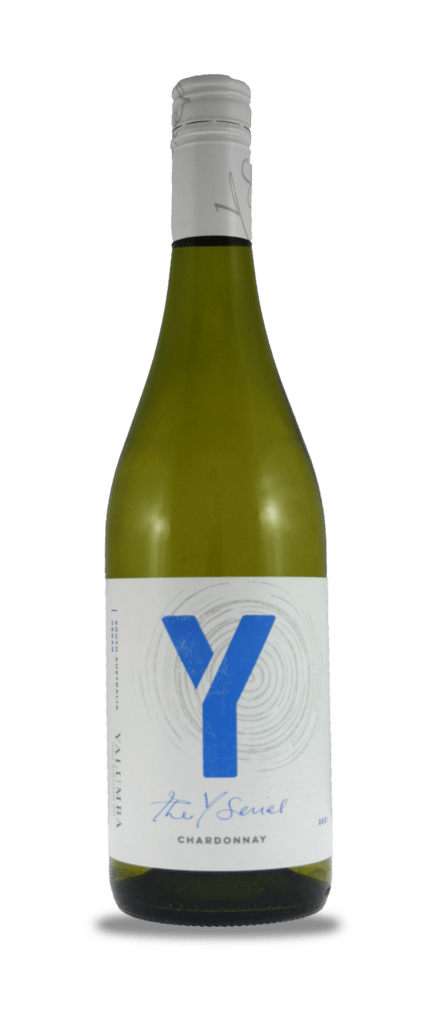
I’ll start my recommendations with the Y Series Chardonnay (winedirect £11.30). I always think it’s a bold move to make an unoaked Chardonnay. Partly as I think most consumers expect Chardonnay to be wooded – especially when it comes to New World examples – and because you need to be sure your fruit’s got the character to pull off a solo performance. The Y Series pulls it off in style. The nose combines freshness with tropical fruit and a subtle touch of vanilla, while on the palate the flavours of red apple, peach, pear and grapefruit are lively, intense, and mask of oak, seem more focused, and pure. Try this with oily fish, pork and seafood.
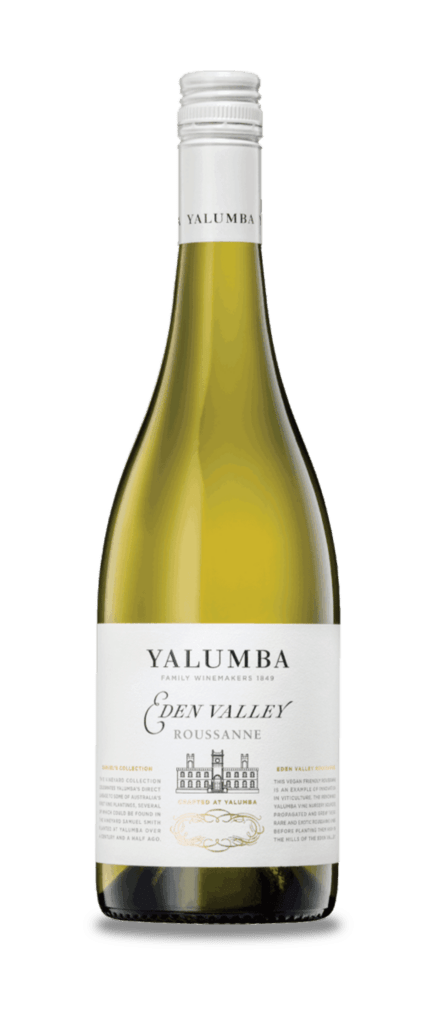
Yalumba have a reputation for creating great wines from Rhône varieties, and while their Viognier and Grenache garner much of the critics’ applause they have other wines that are equally exciting. Their Eden Valley Roussanne (winedirect £15.75) is a fascinating wine. Straw green-gold, the bouquet offers camomile, rose petals, herbs and (to me at, least) green wood. The palate is fresh and clean, but has an underlying richness as flavours as diverse as white peach, vanilla, orange peel, citrus and almonds come together to give an intriguing whole. This is a wine for the mind, one to sip and savour either on its own or with mushroom risotto, baked white fish or roasted artichokes.
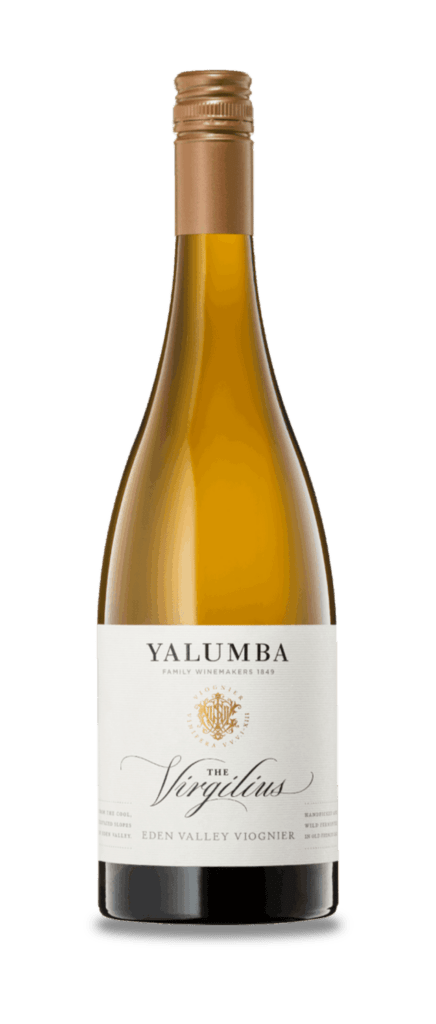
The Virgilius Viognier (London End Wines £36) is acknowledged as a bright star in Yalumba’s firmament. The 2018 is a jaw-droppingly good wine, one that’s fit to rank with the Rhône’s finest Condrieu. Pale gold, the nose is a riot spiced apricots, cardamom, ginger, lychees and nose-tingling kumquats. This mighty mouthful’s creamy, unctuous body delivers wave after wave of apricot and dried pear fruit, mixed spice, orange peel, and honey, balanced and restrained by a fine, cleansing acidity. It’s big, bold, and beautiful, and has a long, golden future ahead of it.
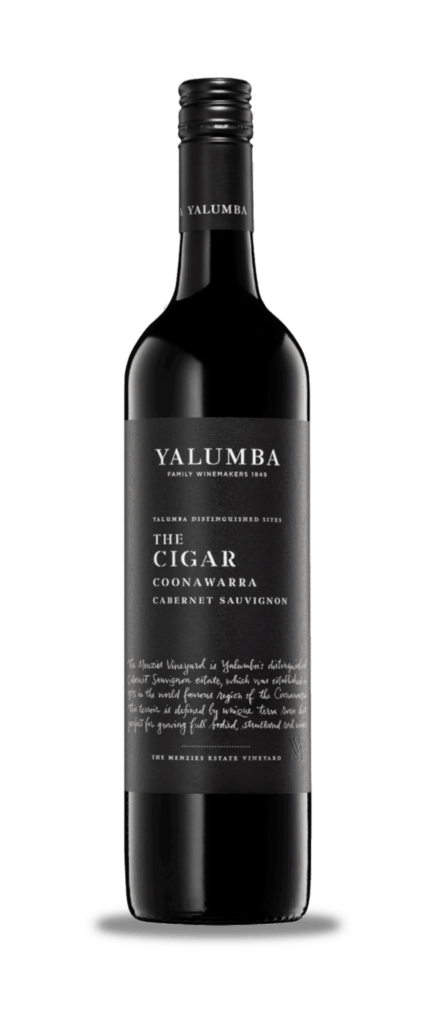
And so to the reds. Australia makes some of the greatest varietal Cabernet Sauvignon in the world, with its Coonawarra wines being perhaps its finest of all. The Cigar Cabernet 2018 (Laithwaites £25) is certainly one of the best Cabernets I’ve had this year. Inky and brooding, the nose is piercing, full of fresh blackcurrants, green peppers, spices, cigar box, and raspberries but, as in the mouth, the more you investigate, the more you discover. Tones of the undergrowth, stewed plums, blackcurrant conserve, mint, bitter chocolate, earth and redcurrants all emerge. This powerful wine is lithe and elegant and is a must for red meats, sheep’s cheese, tomato-based dishes or on its own with good friends.
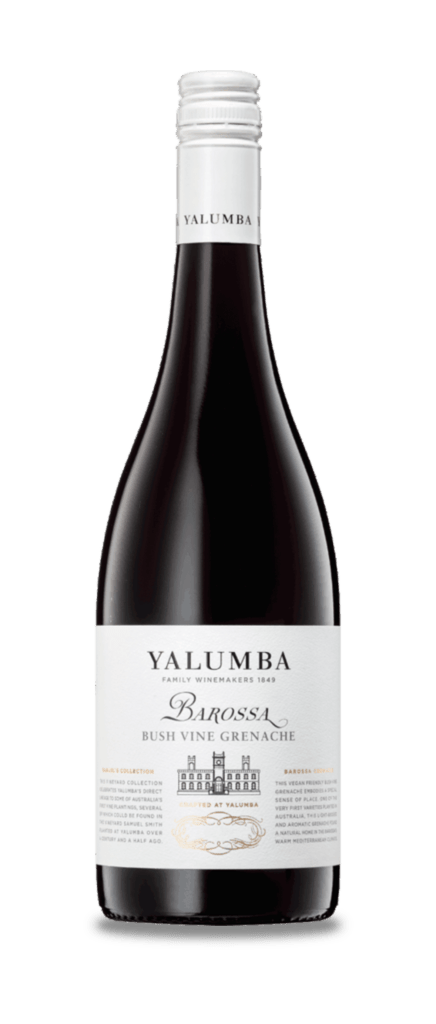
I couldn’t talk about Yalumba’s wines and not mention Grenache. For many years Grenache has been spoken of as having the potential to make Australia’s greatest reds. Alas, as in so many places, this vine’s natural generosity has been exploited leading to the productions of lakes of moderately coloured, moderately flavoured, massively alcoholic quaffing wines. Yalumba clearly respects it, and the Samuel’s Collection Barossa Bush Vine Grenache 2019 (Sarah’s Cellar £20) shows what it can do in the right hands. Mid-red, the aroma is a cheerful, inviting blend of cherries, raspberries and pomegranates, with floral and vanilla touches. The palate is juicy, plump, with all the hard edges of a ball pit. There’s weight to the cherry, strawberry, and blackberry fruit, and freshness is leant by a delicate red berry acidity. I’d serve this with roasted guinea fowl or gammon.

My penultimate choice reflects Australia’s brilliance at blends. Legend has it that winemakers put Cabernet with Shiraz as they had no Merlot, Australian Merlot being in the words of one famous Aussie winemaker, ‘a nice idea’. The Samuel’s Collection Barossa Grenache Shiraz Mataro 2018 (Vinum £16.70) is a Rhône blend (Mataro being France’s Mourvèdre) that delivers a wine with a lightness of touch that you’re unlikely to find in say, Châteauneuf-du-Pape. Peppered black and red fruits dominate the nose, while on the palate black cherries, prunes, raspberries, cranberries and spiced almonds come together to produce a wine of harmonious complexity. This is a wine I’ve always enjoyed with lamb and pheasant – the juicy, peppery tone just seems to go perfectly, but it’s great with barbecued foods and Hong Kong-style spare ribs.
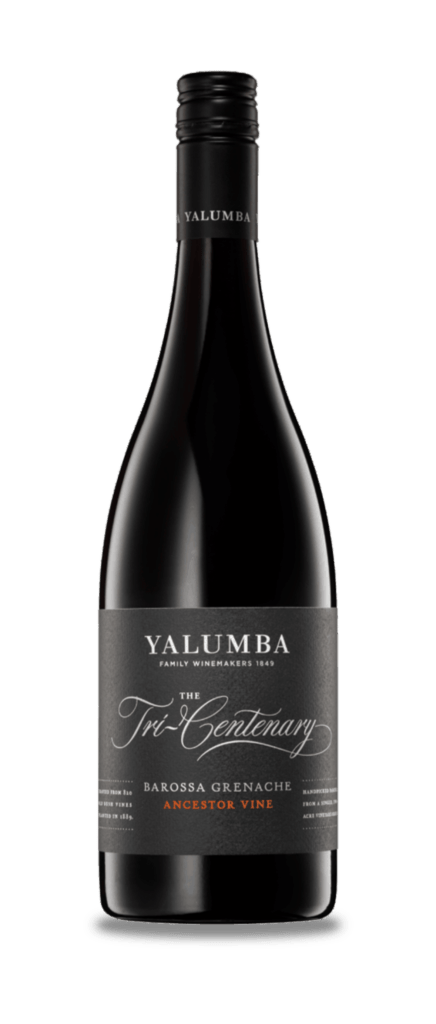
I’ll finish on a high with a wine that’s produced from vines that date back to 1889. The Tri-Centenary Grenache (Vinum £40) is a wine like no other, and not just because of the 100-day post-fermentation maceration which (so I’m told) explains its extraordinary fine, velvety mouthfeel. This is undoubtedly one of the world’s great wine experiences. The aged, low-yielding Grenache vines give a super concentrated glassful of red and black cherries, prunes, chocolate, mint, dried strawberries and a lovely, mellow herb butter tone to the finish. Powerful enough to stand up to well-flavoured red meats and herby, softly spiced vegetarian dishes, this should be on every serious wine lover’s must-taste list.
Well, that’s it for now. Next time out I’ll run down my top ten Chilean wines.
Cheers!
Giles








